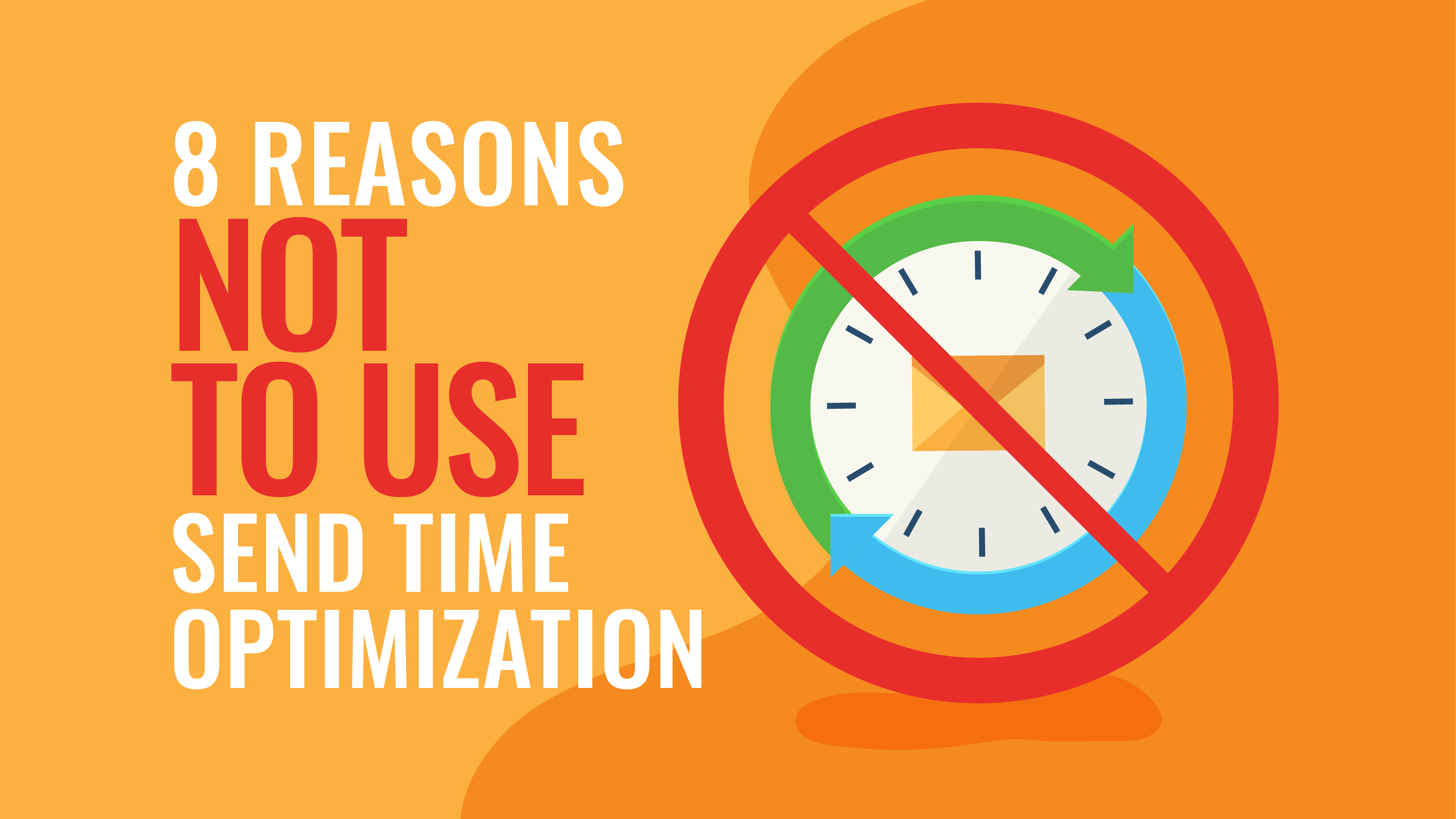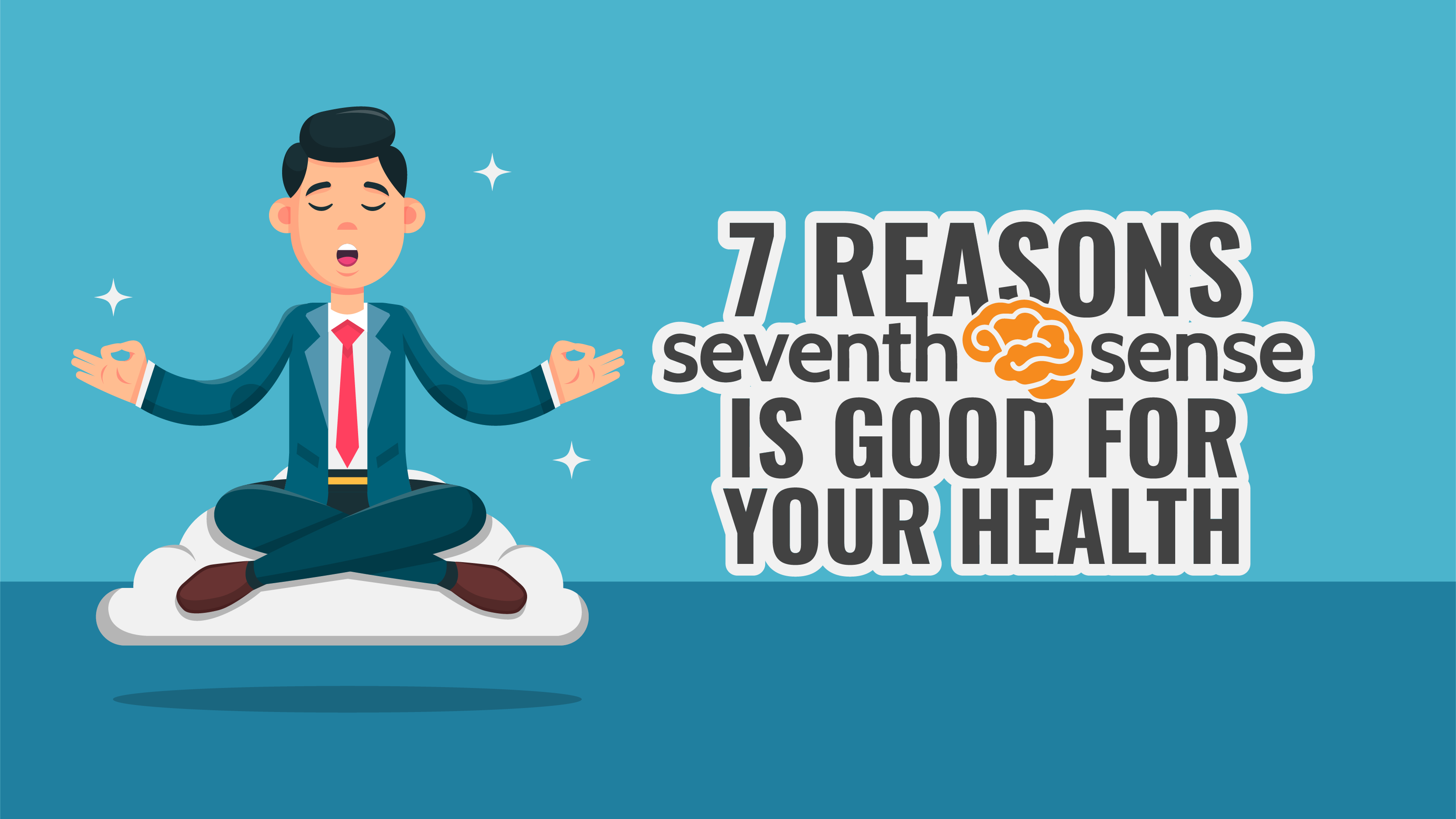It’s no secret I’m a big fan of using machine learning to improve the email experience for marketers, salespeople and their customers. But the truth is, send time optimization is NOT for everybody.Send time optimization is a powerful tool that we’ve found provides a significant lift in engagement across the board. While open rates are the most obvious place customers see results, many of our most successful customers tell us (and show us) that what they are most excited about is the improved conversion rates they see by reaching customers at the time they are most likely to engage. That said, send time optimization is by no means the answer to all email marketing problems. Here are 8 reasons NOT to use send time optimization.
1. You’re looking for a silver bullet to save your email program
The benefits of send time and frequency optimization pay off over time. If your content is good, and your list well maintained, a 10-15% open rate indicates that not all your emails are being delivered to the inbox.
We routinely see open rate increases of 20-30% and in some cases up to 90% higher, but keep in mind, if your average open rate is 10%-15%, a 30% increase will give you a 13%- 18% open rate. While that's a 30% increase over your original open rate, it’s very hard for the human eye to see. Without A/B testing, its easy to discount a 30% lift because your better performing emails had open rates in that range before.
To put things in perspective, if you can simply increase engagement by 8% on average, what used to take 13 months will now take 12 months. In essence increasing the ROI of your email program by a full month worth of activity. In addition, by increasing engagement rates on individual emails and target subscribers that are most are likely to engage, your inboxing rate and revenue from email is likely to increase over time.
2. You’re not following basic email best practices
I see emails from organizations of all sizes failing to implement basic email marketing best practices such as setting up their DKIM, sending from a real address, setting preview text etc. Check out this example from my inbox just last week.

We started our 7-week email optimization program for new customers for just this reason. While using send time optimization is one of the easiest ways to score a win in email marketing, we hate to see customers missing out on other easy improvements they could be making by implementing all the email marketing best practices.
3. You’re sending poor quality content
Reaching people at the time they are most likely to see your content only works if you have high-quality content to show them. Otherwise, it's like sending salespeople out with their calendars full of appointments, but not taking the time to rehearse their pitches.
Sure, leads will open the door, but if your salespeople stumble over their pitch it might have been better for your businesses’ reputation if the lead wasn’t in the office!
Send time optimization gets you through the door, but it’s up to you to have an effective pitch ready for your customers. STO will accelerate the growth of a great email program, but it will also accelerate the demise of a bad one.
4. You’re sending to a poorly curated list
As your email list grows, your engagement rates almost always drop unless you practice incredibly good list hygiene. Comparing this month vs. last month and this quarter vs. last quarter. I'm actually not sure I've ever seen someone's engagement rates increase as their list grows, but you can maintain engagment if you use best practices.If your list has not been well maintained, or possibly even contains purchased email addresses etc, it's likely your suffering from deliverability issues. While send time optimization can often help with deliverability, if your list contains spam traps and subscribers who are not opted in and don’t want to receive your emails, STO is not going to fix that problem.
5. You’re sending to a mostly unengaged audience
If your email list is mostly inactive, send time optimization is still effective, but it's important to understand that turning on send time optimization is not going to magically wake up all of those email addresses. It will help, and over time you may see a good chunk of those dormant contacts wake up, but it takes time.Some of the addresses you have may be out of use, or if your domain reputation is particularly bad, your emails may be going straight to spam. If you want to keep your lists up to date as best as possible, we recommend using a system like Leadgnome.
6. You’re sending irrelevant content
Subscribers expect content to be relevant for them. If your engagement is low because you are not properly segmenting your list into whatever categories are relevant to your industry, send time optimization may actually exacerbate your problem.If your irrelevant offers were arriving at the wrong time, at least they slipped by without annoying your subscribers. Once you activate send time optimization you may actually end up seeing a higher complaint rate and unsubscribe rate as customers that had previously overlooked your irrelevant emails begin to notice them.
7. You’re sending content too often
If your company sends 5 emails a day, I hate to turn away customers, but send time optimization is probably not for you. By its nature, send time optimization requires that you give the system a window to optimize your delivery time. If you’re already sending 5 emails a day, there’s not much to optimize. For better or worse you’ve already saturated your customers inbox.
8. Your content is highly time sensitive
Not all emails can be send time optimized; if you are sending a reminder an hour before an event, it needs to go out an hour before the event. Keep in mind though, while you can’t optimize the send time for time sensitive emails, using send time and especially frequency optimization on as many emails as you can will help your overall deliverability so when you do have to send those one-off emails, you can make sure they get delivered.





